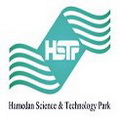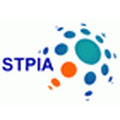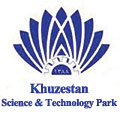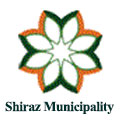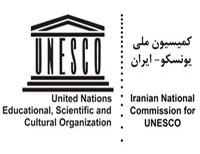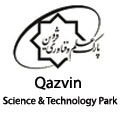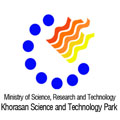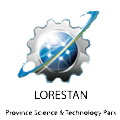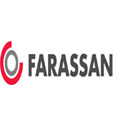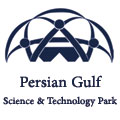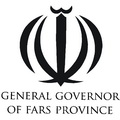Conference Theme
STPs: Innovation & Commercialization Opportunities in the Conceptual Age

Over the last few centuries, we have moved from the Agricultural Age underpinned by farmers to the Industrial Age underpinned by factory workers. The last few decades were a transit lounge out of the Industrial Age and were essentially about the consolidation of the new Information Age underpinned by knowledge workers. The next wave is going to be characterized by the Creative or Conceptual Age underpinned by creators, imaginers and empathizers.
Creative thinking is coming up with ideas and strategic thinking reduces information down to exact values based on unique insight. Conceptual thinking requires both creative and strategic thinking. Creativity is the most crucial factor for success, giving companies a constructive advantage and setting the company apart from the competition. Companies recognize the need of constant change to create new products, processes or services for a changing market. This is part of the intellectual capital that gives a company its competitive edge. Creativity is a crucial part of the innovation equation.
With the emergence of cross domain disciplines like outsourcing, we are witnessing a trend towards creative knowledge, rational application, and innovation. We are now progressing from an era that was information-dependent towards the era that revolves around “concept” development. This age, referred to as the Conceptual Age, will be dominated by six new senses: Design, Story, Symphony, Empathy, Play and Meaning. While Design, Play, and Meaning will be the prime senses for corporate outsourcing, Story, Symphony, and Empathy will be the potential senses for personal cooperation.
Networking and exchange of ideas about STPs opportunities in conceptual age is a key to collaboration, funding, employment and other professional benefits. Discussions and sharing different experiences on this topic is the main goal of the conference theme.
The main characteristics of the Conceptual Age may be the following points:
- Work collaboratively in small teams
- Have belief in what you are doing and focus on the value
- Work quickly and visually
- Share and collaborate
- The customer and end user will have the end say
- Invent
- Resist the temptation to re-use – throw out the templates
- Embrace change
- Tolerate ambiguity
- Radical ideas are not automatically bad
- Consistency improve
- Update new tools and ways of working




















